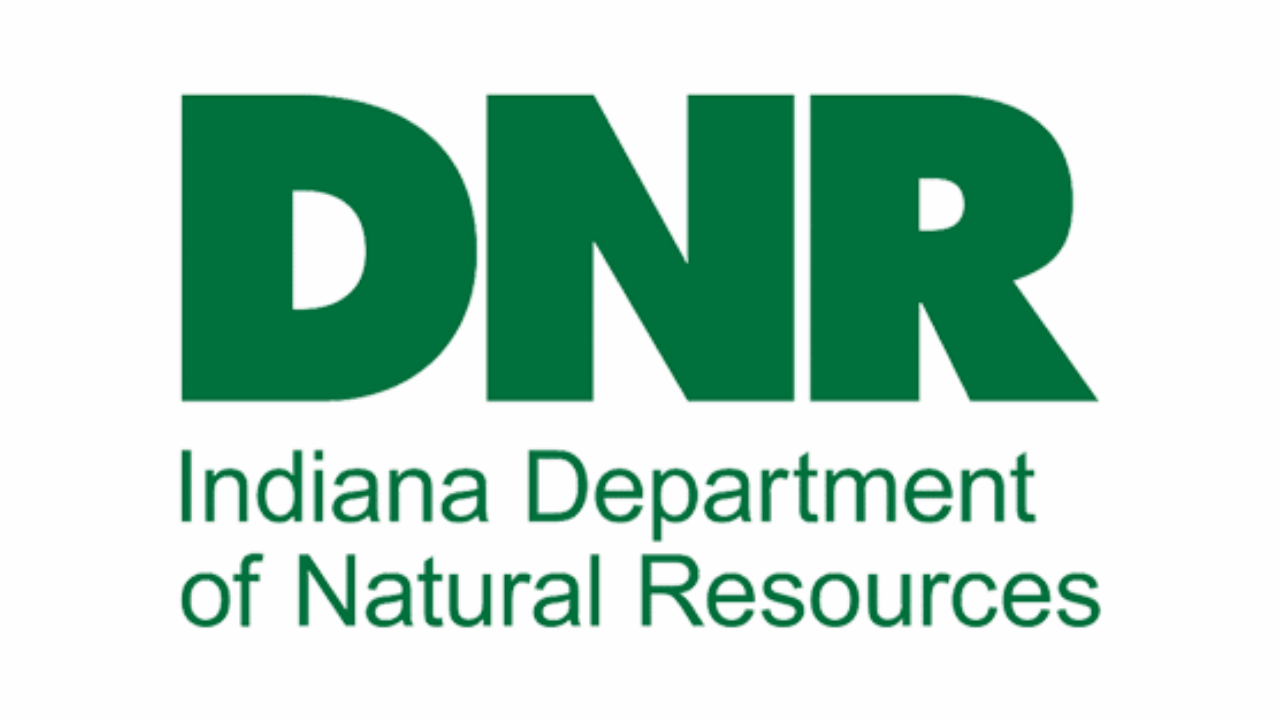As of May 1st, caves on the Hoosier National Forest (NF) are once again open for public use after nine years of closure to combat white-nose syndrome (WNS) in bats. The new seasonal opening of caves is limited to May 1st through August 31st
each year. However, all people interested in visiting caves need to follow established decontamination procedures to ensure this seasonal closure remains in effect.
White-nose syndrome (WNS) is a fungal disease first observed in 2006 that has killed millions of bats in the U.S. and Canada. While WNS is still a serious issue, Hoosier NF biologists have determined that since the fungus has now spread throughout Indiana, our neighboring states and beyond, a year-round closure of caves to the public is no longer
necessary or effective in protecting bats. Following recommended decontamination protocols after every cave visit, on the Hoosier NF and elsewhere, is still imperative to prevent further spread of the fungus.
According to the United States National White-nose Syndrome Decontamination Protocol, techniques for minimizing the spread of WNS include actions to be completed on site and off site after returning home. While you are on site, be sure to:
- Thoroughly remove sediment/dirt from equipment immediately upon exiting from the
site; - Contain all exposed and potentially contaminated equipment in sealed bags/containers for treatment away from the location;
- Decontaminate the outside hard, non-porous surfaces of containers and bags prior to moving them to a secondary location (e.g., vehicles, labs, or storage);
- Store all exposed and decontaminated equipment separately from unexposed equipment;
- When feasible, change into clean clothing and footwear prior to entering vehicle.
Upon returning home, remember to:
- Clean hands, forearms, and exposed skin using hand/body soaps/shampoos;
- Remove dirt and debris from the outside of vehicles (especially wheels/undercarriage)
prior to additional site visits; - Clean submersible and non-submersible equipment according to manufacturer’s
specifications; - Treat submersible or non-submersible equipment only in a safe manner according to
the equipment and product labels.
All cave explorers are also asked to remember proper cave etiquette and safety. Caves are inherently dangerous environments, with many hazards people may not be accustomed to dealing with. Remember: Never go caving alone; tell someone where you are going and when you expect to return; dress in layers of clothing and sturdy shoes; carry appropriate equipment, including multiple light sources and a first aid kit; and don’t forget food and water.
For more caving safety information, please visit https://www.fs.fed.us/visit/know-before-you-go/cave-safety.
Anyone entering caves outside of the May 1st – August 31st open period is subject to fines of up to $5,000 or imprisonment of no more than six months.The seasonal cave closure order is in addition to other provisions in the Federal Code of Regulations and other Forest Orders.
To view all Forest Orders for the Hoosier National Forest, please visit https://www.fs.usda.gov/alerts/hoosier/alerts-notices.
The U.S. Forest Service is an agency of the U.S. Department of Agriculture, a mission of sustaining the health,
diversity and productivity of the nation’s forests and grasslands to meet the needs of present and future
generations. The Forest Service’s Eastern Region includes twenty states in the Midwest and East, stretching
from Maine, to Maryland, to Missouri, to Minnesota. There are 17 national forests and one national tallgrass
prairie in the Eastern Region. For more information, visit www.fs.usda.gov/R9.
The U.S. Forest Service manages 193 million acres of public land, provides assistance to state and private
landowners, and maintains the largest forestry research organization in the world. Public lands the Forest
Service manages contribute more than $13 billion to the economy each year through visitor spending alone.
Those same lands provide 20 percent of the nation’s clean water supply, a value estimated at $7.2 billion per
year. The agency has either a direct or indirect role in stewardship of about 80 percent of the 850 million
forested acres within the U.S., of which 100 million acres are urban forests where most Americans live. For
more information, visit www.fs.usda.gov/.




